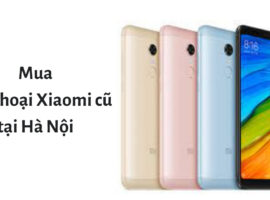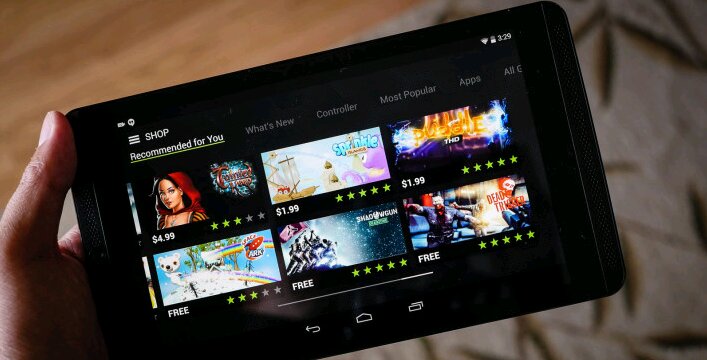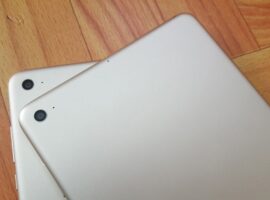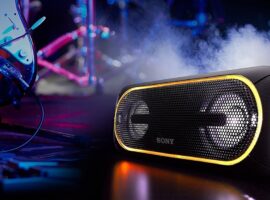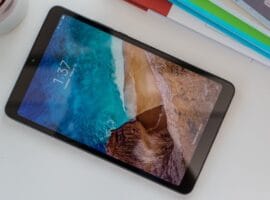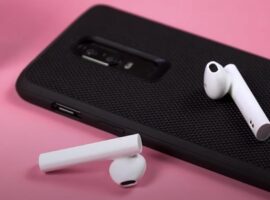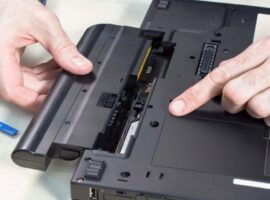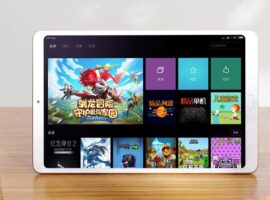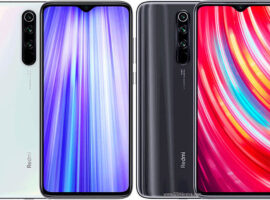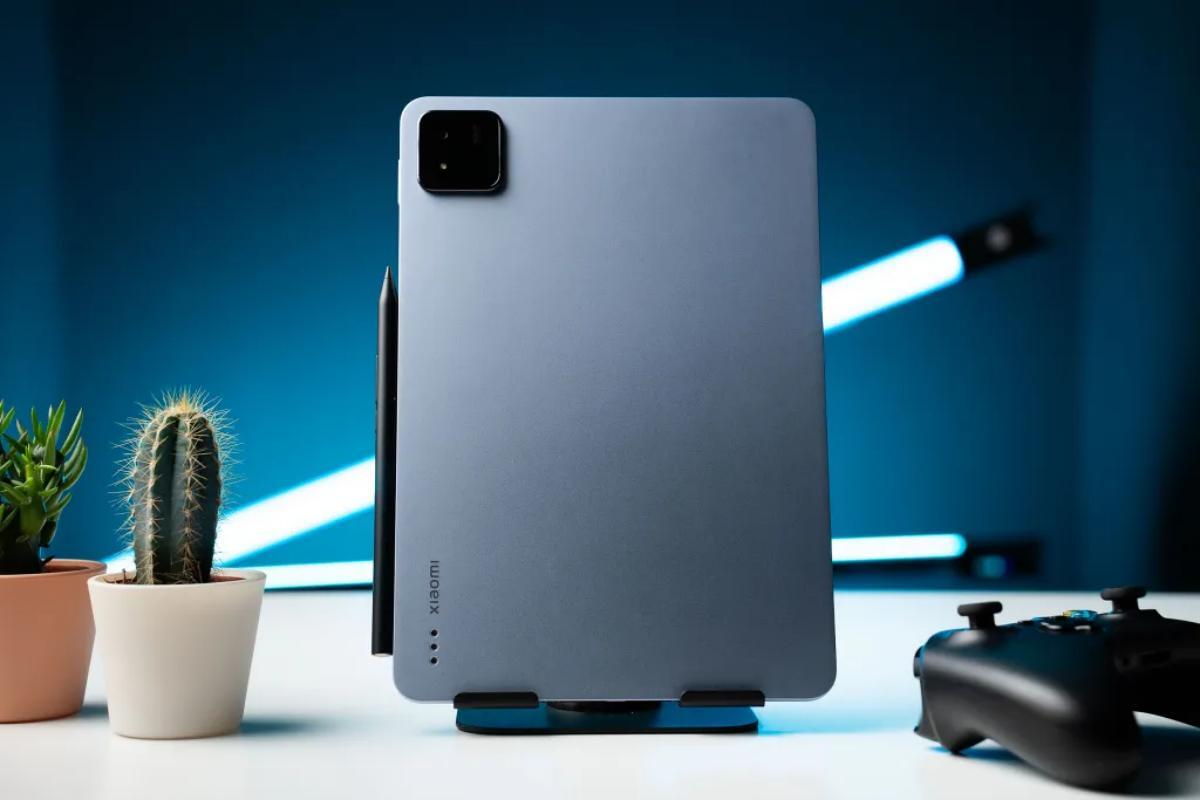
The newly launched Xiaomi Pad 7 Pro tablet promises to bring a high -end user experience, but is it really worthy of the “top” title? The detailed review below will help you make an accurate decision.
1. Design and monitor: Delicate, but still a little shortcoming!
Xiaomi Pad 7 Pro tablet has a minimalist design, reminiscent of Apple’s iPad Pro. With monolithic aluminum frames, the ratio of frame and buttons is quite similar. This is both a advantage and a disadvantage. In terms of positive, this design brings a luxurious appearance, grip comfortably and moderate weight (500g) despite the large screen 28.5 cm. The 6.2 mm thinness is also a significant plus. However, the “learning” is too clear from Apple makes Xiaomi Pad 7 Pro lack a distinctive feature of the design language.
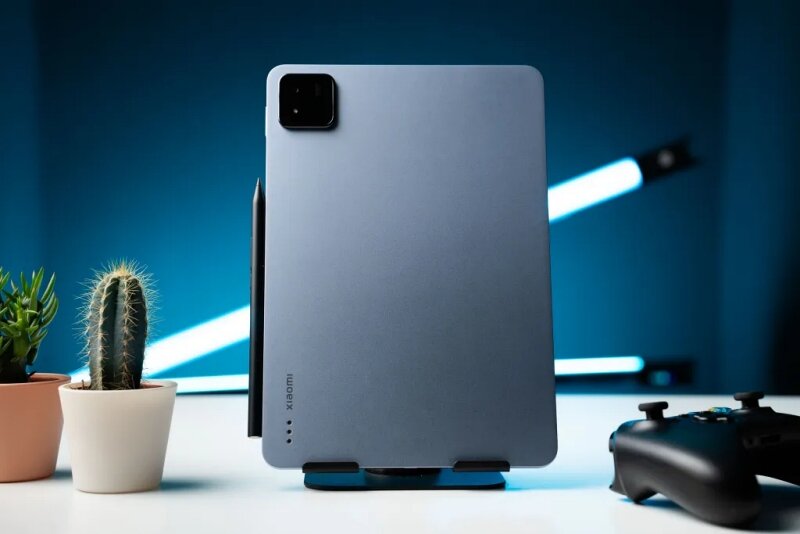
The 28.5 cm (11 -inch) screen IPS LCD with a resolution of 3200 x 2136 pixels and a 3: 2 ratio brings the perfect balance between the size and the user experience. Scan frequency 144 Hz ensures smooth images. However, the critical weakness lies in IPS LCD screen technology. Although the display quality is quite good, the color is not too brilliant, the contrast is much worse than the screen D, vOleà brightness is not high enough to use in the sun. Although the screen customization allows users to tweak color and temperature, it still cannot completely overcome this drawback. This is the most significant minus point of Xiaomi Pad 7 Pro.
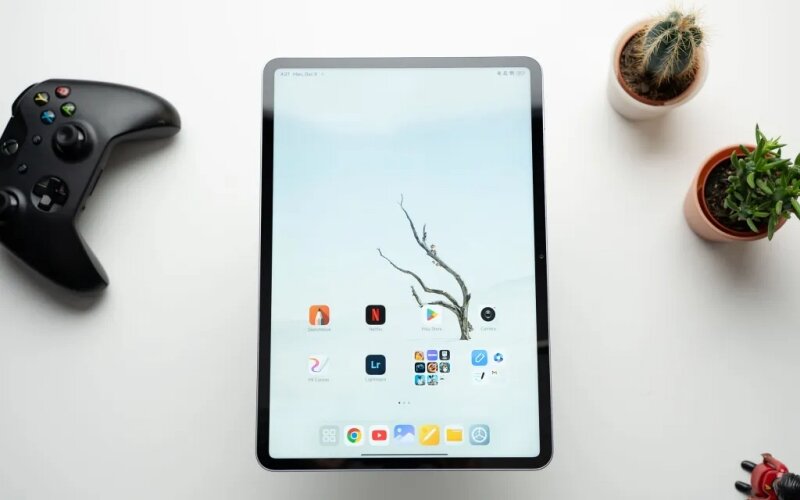
Compare screen parameters from PhoneArena:
| Characteristic | Xiaomi Pad 7 Pro | Apple iPad Pro 13 (M4, 2024) | Samsung Galaxy Tab S10 Ultra | OnePlus pad 2 |
|---|---|---|---|---|
| Maximum brightness | 753 nit (average) | 990 nit (good) | 594 nit (poor) | 786 nit (average) |
| Minimum brightness | 1.4 nit (good) | 0.9 nit (great) | 1.6 nit (good) | 2.1 Nit (average) |
| Color temperature | 7294 | 6797 | 6158 | 6455 |
| Gamma | 2.25 | 2.22 | 2.07 | 2.19 |
| Delta E RGBCMY | 2.06 nit (good) | 1.92 Nit (great) | 2.86 nit (good) | 4.31 Nit (average) |
| Delta E Gray | 5.63 nit (average) | 5.68 nit (average) | 5.71 nit (average) | 5.65 nit (average) |
The internal test results show that the maximum brightness reaches 750 nit, but the contrast and color accuracy is only average. The default color temperature is lower than the majority of IPS screens, but this can be adjusted through settings.
2. Accessories included: The addition of ‘valuable’
The strong point of Xiaomi Pad 7 Pro is in a variety of accessories, we will have two types of smart keyboards and a pen, however, it should be noted that these accessories will be sold separately, not the product. The value of accessories is also quite high, so it is also necessary to consider it carefully before buying. However, if you have enough economy to own, you will have a really great experience.
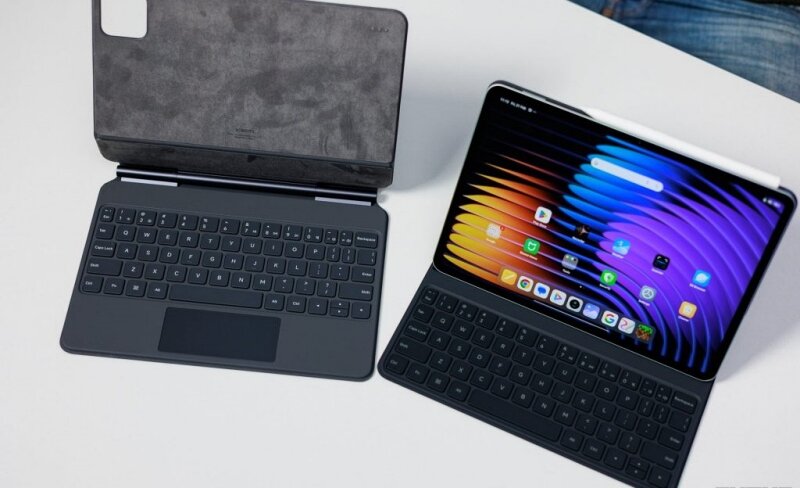
- Xiaomi Pad 7 Pro Focus keyboard: This is a full -function keyboard, connected to a magnetic tablet, similar to Apple’s Magic Keyboard keyboard for iPad Pro. It allows adjusting the angle, full of numeric keypad, navigation key, and especially trackpad. However, missing USB-C port on the hinge. Fake leather material feels comfortable to use. Price: 4.5 million.
- Xiaomi Pad 7 Pro Keyboard: This version is more compact, lighter, and only uses the protruding part to keep the tablet. This means that there is no trackpad. Typing quality is worse than the Focus keyboard. Price 3.5 million.
- Xiaomi Focus pen: This is a Bluetooth sensor with 8192 pressure sensitivity, 3ms low latency. The three buttons on the pen provide additional functions such as the cursor, brightening, remote photography and fast notes. Price 2.9 million.
3. Camera: enough for a tablet
Xiaomi Pad 7 Pro is equipped with a 50 MP rear camera, supporting 2x optical zoom. The image quality is quite good, especially with a tablet. The ability to record 4K 60fps video is also a plus.
The 32 MP front camera meets the needs of selfie and video calls, however, only supports 1080p 30fps video recording, this is quite a pity.
4. Performance: strong processing ability
Xiaomi Pad 7 Pro uses Snapdragon 8s Gen 3 chip, only a little less than the Snapdragon 8 Elite. Performance is strong enough to handle most tasks, except for heavy games that require high configuration. The Geekbench 6 test results show that Xiaomi Pad 7 Pro has a better single score than Samsung Galaxy Tab S10 Ultra, but the multi -core score is lower. 3DMark Extreme Stress test shows that graphics performance is average, only suitable for light games.
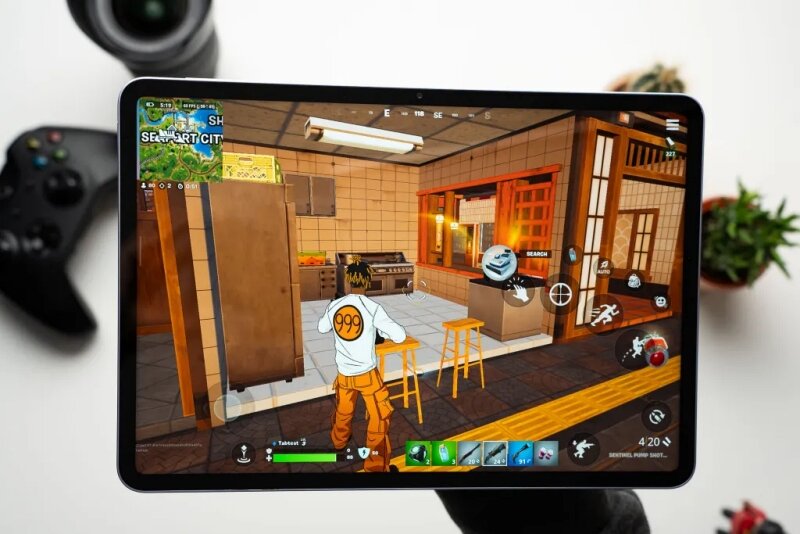
Memory options include: 8GB RAM + 128GB/256GB UFS and 12GB RAM + 512GB UFS version. Note that the 128GB version uses a slower UFS 3.1 memory.
5. Software: great potential but there are many errors
The Xiaomi Pad 7 Pro tablet runs the Xiaomi Hyperos operating system based on Android 15, with a commitment to support software for 4 years. However, this operating system still has many errors and unstable, inheriting some errors from the old Miui. For example, unwanted double click error in the Mi Remote application.
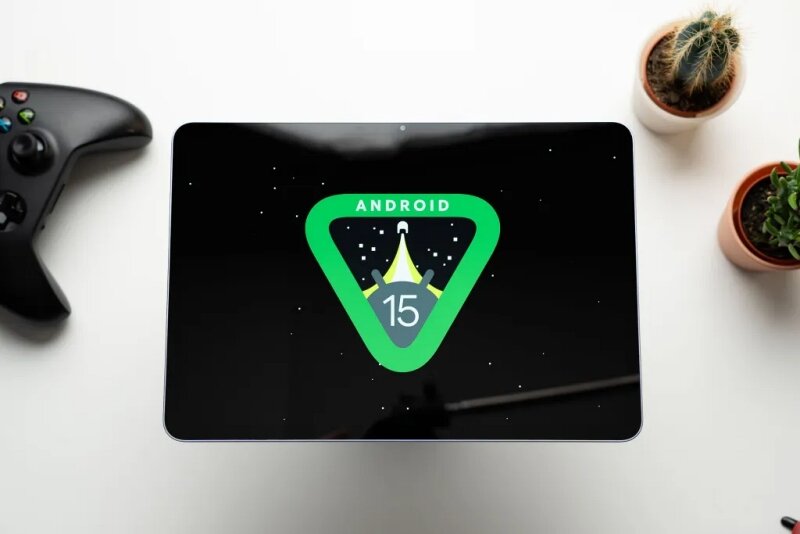
Besides these errors, the user interface is quite good. Users can use the applications and operation between different Xiaomi devices, even can project the phone screen on the tablet. The ability to use Xiaomi Pad 7 Pro as a wireless screen for Mac is also a plus.
The artificial intelligence support system includes Google Gemini and Xiaomi Hyperai, integrated into some applications such as Gallery, Notes … Although not unique features, they work quite well.
6. Impressive battery life
Xiaomi Pad 7 Pro has an 8850 mAh battery, for impressive use time. Test results show:
- Browsing the web: 11 hours 54 minutes
- Watch the video: 8 hours 20 minutes
- Play game: 9 hours 12 minutes
Usage time when browsing the web is nearly 12 hours at 200 nit brightness. Video viewing time is equivalent to the 13 -inch iPad Pro.
Compare battery life from PhoneArena:
| Equipment/purpose of use | Battery capacity | Usage time (synthesis) | Browse the web | Watch the video | Play game |
|---|---|---|---|---|---|
| Xiaomi Pad 7 Pro | 8850 mAh | 5 hours 39 minutes | 11 hours 54 minutes | 8 hours 20 minutes | 9 hours 12 minutes |
| Apple iPad Pro 13 (M4) | 5 hours 24 minutes | 10 hours 54 minutes | 8 hours 22 minutes | 8 hours 34 minutes | |
| Samsung Galaxy Tab S10 Ultra | 11200 mAh | 4 hours 51 minutes | 8 hours 47 minutes | 6 hours 30 minutes | 11 hours 40 minutes |
| OnePlus pad 2 | 9510 mAh | 4 hours 5 minutes | 10 hours 43 minutes | 4 hours 44 minutes | 6 hours 42 minutes |
Charging time:
| Equipment/feature | Battery capacity | Full charging | 30 -minute charger |
|---|---|---|---|
| OnePlus pad 2 | 9510 mAh | 52 minutes | 65% |
| Xiaomi Pad 7 Pro | 8850 mAh | 60 minutes | 64% |
| Samsung Galaxy Tab S10 Ultra | 11200 mAh | 2 hours 17 minutes | 22% |
| Apple iPad Pro 13 (M4) | 2 hours 28 minutes | 30% |
Xiaomi Pad 7 Pro supports 67W fast charging, fully charged the battery for about 1 hour. Faster than most rivals, except for OnePlus Pad 2.
7. Sound and feeling: Experience quite well
Four stereo speakers on Xiaomi Pad 7 Pro are generally quite good to watch videos or listen to music. They work well, for clear sound and minimum distortion at high volume. The speaker is large enough to fill the room, but lack a little bass. For most users, this sound is still quite good.
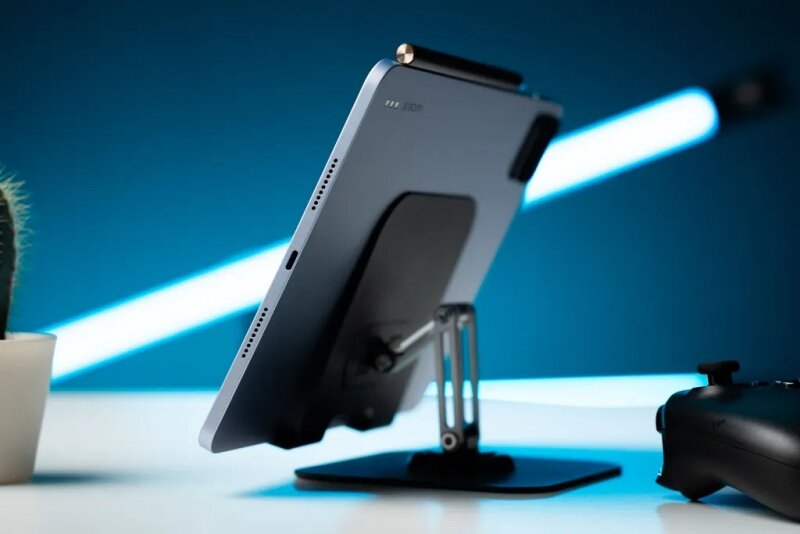
Xiaomi Pad 7 Pro is a leading tablet with beautiful design, performance, though not too advanced but enough for all purposes, impressive battery life and rich accessories. However, the IPS LCD screen with limited brightness and contrast and the operating system has many errors are unfortunate minus points. Users need to carefully consider these strengths and weaknesses before deciding to buy the product.
Reference price: 13,490,000 VND.


